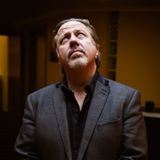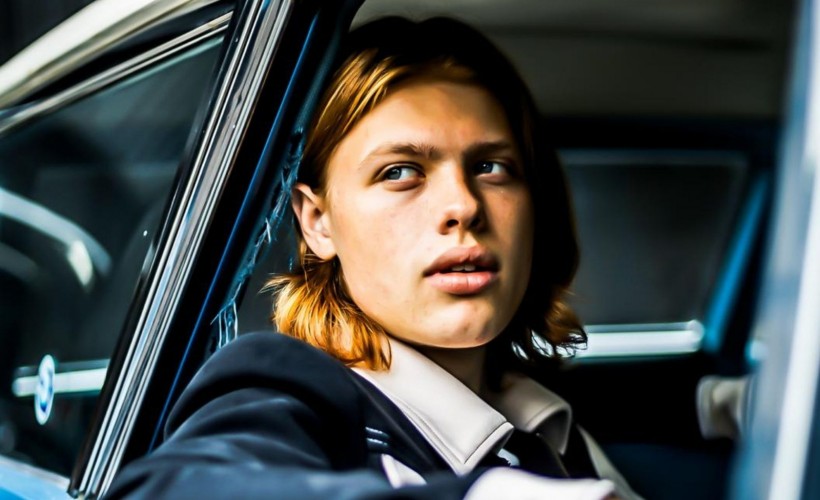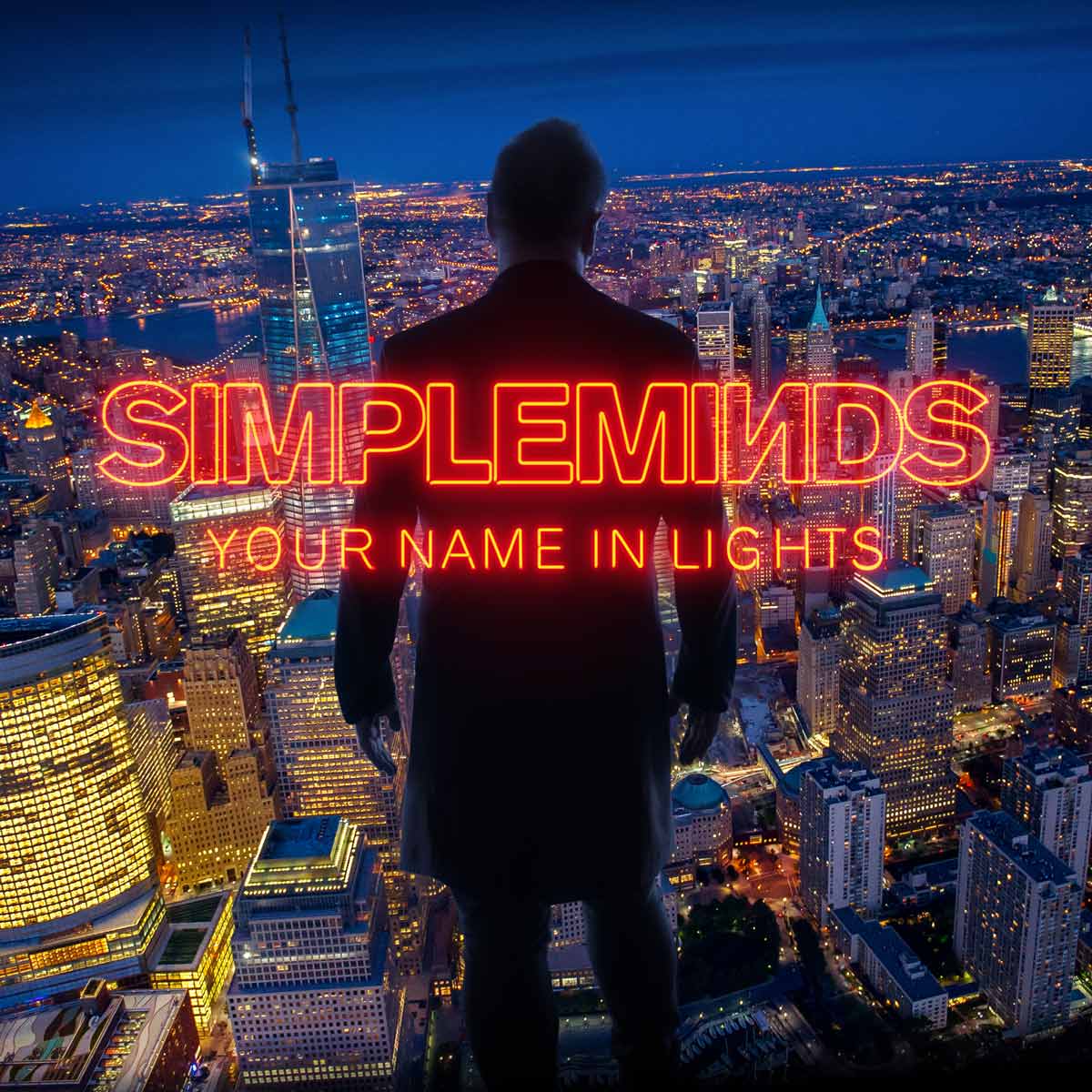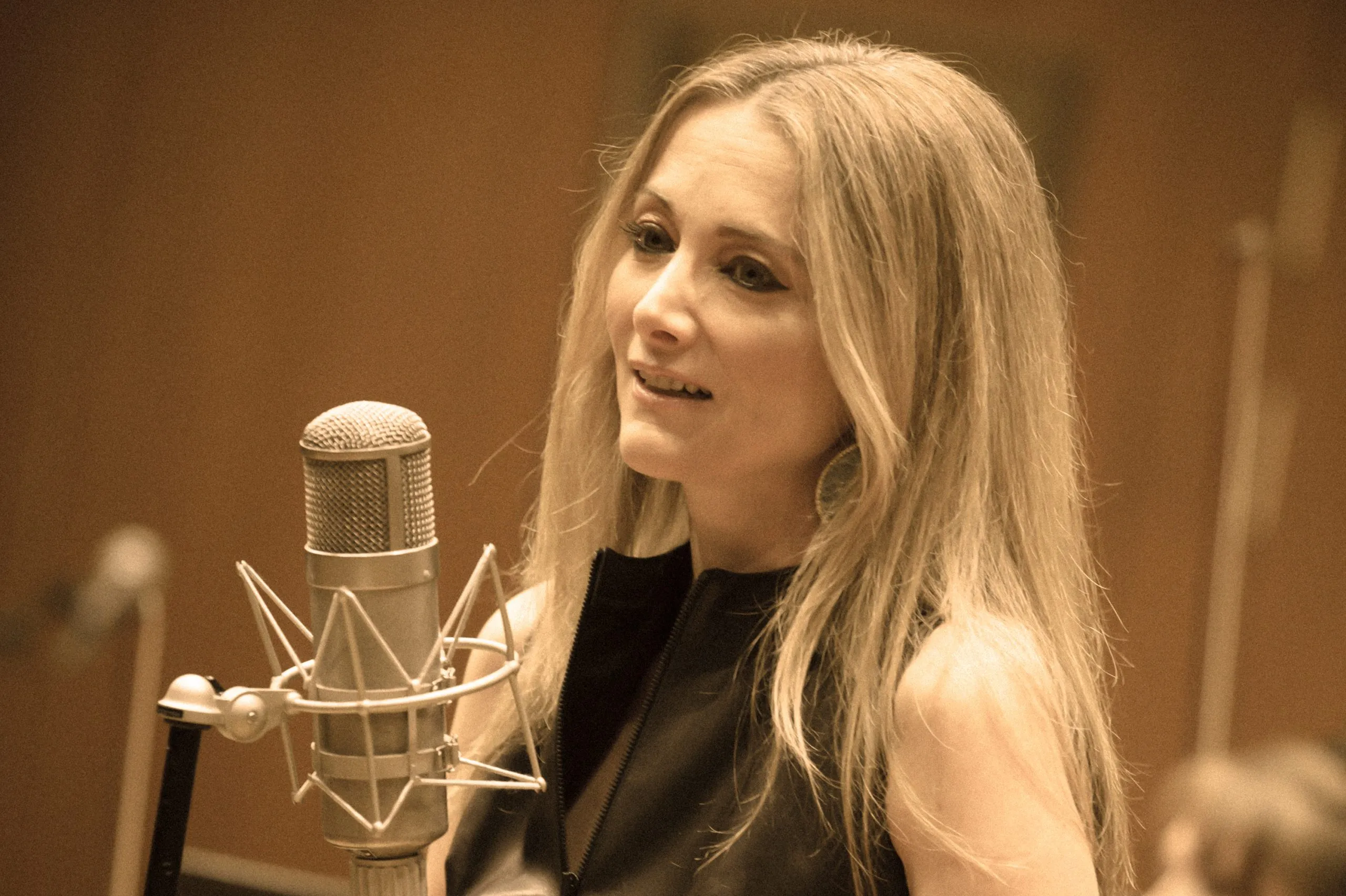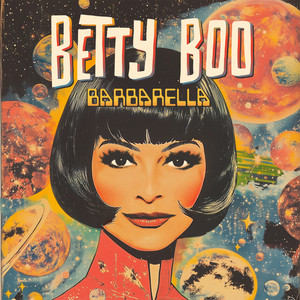80s Symphonic
80s Symphonic has been an amazing experience, quite unlike anything I’ve ever taken on before. In some ways, I think it’s a unique project; one I found myself hooked on from the start. I loved getting the original recordings, getting my hands on the source material, much of it naturally digitised now from its original tape form, but the archives were fantastic, and even included photos of the original tape boxes and track sheets, so we had everything.
I started working in studios myself in around 1985 / 86, recording onto tape, the same way that all of these songs had been done. We’d write out desk-strips and track-sheets for everything - so to have all of that, including the names of the producers, the session engineers, the assistants, the studios, all of the sheets – to me it was just fascinating from that angle.
In practical terms, the first job with each song was to run the multi-track into Pro-Tools, to see what was there, get an overall sense of what we had. We quickly learned that each multi was an incredibly different proposition; everybody had worked in their own individual style – I don’t think any two artists had organised things in the same way.
We played around doing quick mixes to get a feel, knowing we wanted our versions to be the same length as the original 7-inch versions - which are the ones everyone is most familiar with - but in some cases, finding the tracks hadn’t been recorded that way, they’d been recorded longer, then edited onto half-inch in post-production, so the structure would be slightly different, and we’d have to take account of that.
We bought all the 7-inch versions of the songs for reference, and discovered all sorts of strange things - for example, some of the songs had been vari-sped half a percent compared to the listed BPM on the track sheet–we had issues with tempos drifting, with tape-noise in some cases, there were plenty of head-scratching moments along the way, and technical considerations to work through trying to synch everything to modern equipment.
For all of the musical diversity on display, the most striking feature of what we had in front of us was that in each case we had a hit – hit vocal, hit song, hit arrangement, hit everything. So the fundamental questions normally facing a producer had already been answered – from that aspect it was a total dream.
First and foremost, we wanted to focus on the music, and we put a lot of time into thinking about how we could successfully represent the bands themselves. Looking at the instrumentation, we tried to evaluate what would successfully transition into the orchestral sphere – some of it leant itself naturally, like synth pads working as orchestral strings, synth stabs becoming orchestral brass stabs. And we discovered that some of the arpeggiated keyboard parts (which were prominent back then) worked really well for an orchestra, conversely, some of them were really hard for them to play.
Working with Sam Swallow was really key here – Sam having played in bands, but also possessing a great musical sensibility, which encompasses a classical background and training. When it came to creating the arrangements for the orchestra, he didn’t look towards anything overtly showy – and even though some of the arrangements are technically advanced, I think they’re all really well judged on an artistic level. Some of the hardest pieces to tackle were those with the most sequenced information, phrases and motifs that needed to sound precise. At the same time, things we imagined might be tricky, like the end of ‘Hard Habit to Break’ were actually quite easy, and went incredibly well.
The London Studio Orchestra are amazing – they play on so many hits. But we had to make sure that we were working the right way with them, otherwise, frankly, the budget could easily have doubled. If you allowed yourself to become indulgent with a fifty-piece orchestra in a place like Abbey Road, you’d be courting trouble. We worked in blocks of four hours – intense but gratifying – and fortunately, I’ve done enough of these kinds of sessions to know when to go for a re-take, and when to say no.
They’re all equally brilliant players, but orchestral strings tend to feature more on pop records – whereas, woodwind and orchestral brass are less frequently used, so there’s sometimes some unfamiliarity to deal with, perhaps less experience playing to a click, or whatever. But they’re a joy to work with and really special to stand in front of and to just be immersed in the phenomenal sound they make.
Throughout the recording process, it was fascinating to pick songs apart, and see what was there – sometimes something incredibly simple. Take ‘Drive” by The Cars – it’s so sparse, there’s a drum machine, a pad, a synth bass doing not much, some bells, which were de rigueur at the time, but then, over it all you’ve got this incredible vocal. That’s pretty much it, but you never think of it that way when you hear it. In some way, that’s something that holds true of all great songs and hits, they’re more than the sum of their parts. Also, with this collection, the lead vocal performances are all fantastic – further illustrating that great vocals are common to any kind hit.
As a songwriter myself, it was interesting to see the level of musicality from some of the artists. Howard Jones, for example, came down to the studio interested in how we were doing things to his track – I jokingly said to him that I hoped we’d got the chords right, and he said he’d been surprised that we had! We were fascinated to learn he’d been a classical pianist – the chord sequence in ‘What is Love” is actually very advanced and it was interesting to me to learn that Howard had come from a classical background, and had got into pop after getting himself his first synths.
Some of the artists I already had history with - working on the Simple Minds track was great, for example, having done three recent albums with them, I’m really steeped in their way of thinking. On the other hand, opening up ‘Hard Habit to Break’ by Chicago, who I’d never worked with, was so fascinating, just to see how their multi-track was so engaged and detailed, the arrangement so sophisticated. There was loads of orchestral stuff on it, loads of everything, they must have done about six slave reels just for vocals.
The most surprising thing overall, I think, was how eclectic it all was – the pieces are linked in that they’re eighties tracks, and they were all huge hits - but in style of production and songwriting and performance they’re incredibly different. You’ve got the upscale power of something like, ‘I Want To Know What Love Is.’ And then, say, Chris Rea’s Josephine at the other end of the spectrum – just very simple, and romantic and warm. And the memories that a song can trigger are remarkable. I remember hearing Bronski Beat for the first time in a Top Man dressing room in Watford. The a-ha track, I heard driving a car, coming back from a trip to Berlin, I can remember the exact road I was on! The Roxette track was another to bring back memories – I’d worked on their first album, ‘Look Sharp’, at London’s Trident studios. I’m credited as The Pool Hall King on it – you can probably work out why…
For me, all of these songs have been a part of my musical life in some way – it was wonderful to get the chance to work on them – I think they’re shining anew, still as vibrant as ever.
The orchestra will be on the road touring the record in May of 2019 – something I hope to be involved in. The dates so far announced are:
- 2nd May, Saint David’s Hall, Cardiff
- 4th May, Theatre Royal, Nottingham
- 5th May, Royal and Derngate Theatre, Northampton
- 6th May, Symphony Hall, Birmingham
- 8th May, City Hall Ballroom, Sheffield
- 9th May, The Bridgewater Hall, Manchester
- 10th May, Royal Concert Hall, Glasgow
- 11th May, The Sage, Gateshead
- 12th May, Philharmonic Hall, Liverpool
- 14th May, Cliffs Pavilion, Southend
- 15th May, Regent Theatre, Ipswich
- 17th May, Pavilion Theatre, Bournemouth
- 19th May, London Palladium

